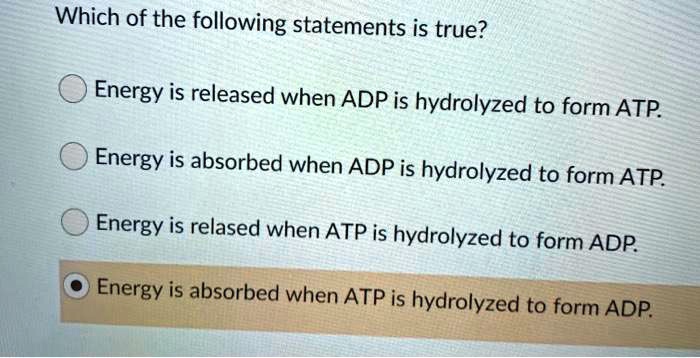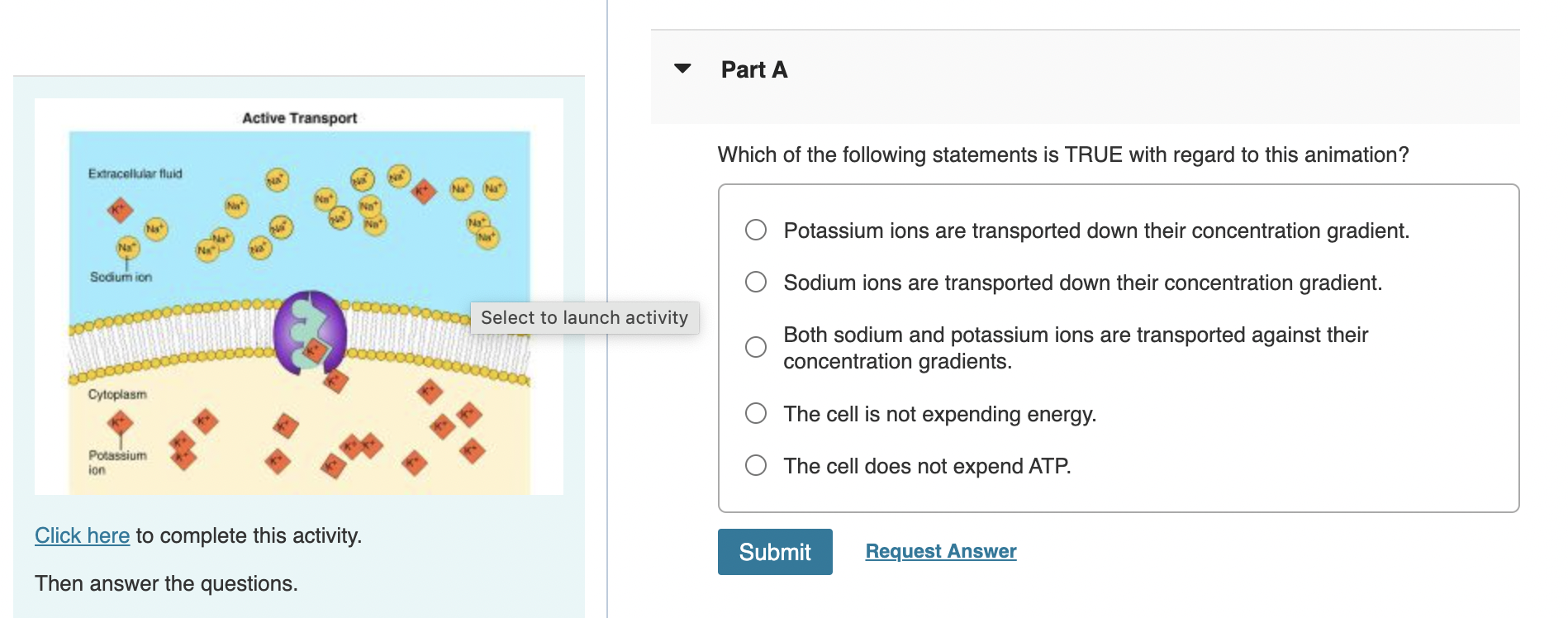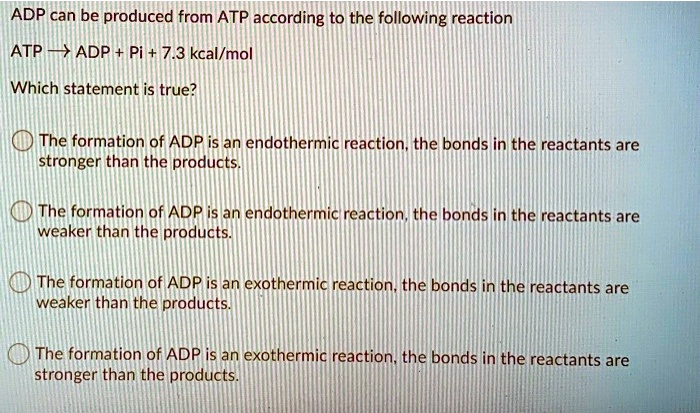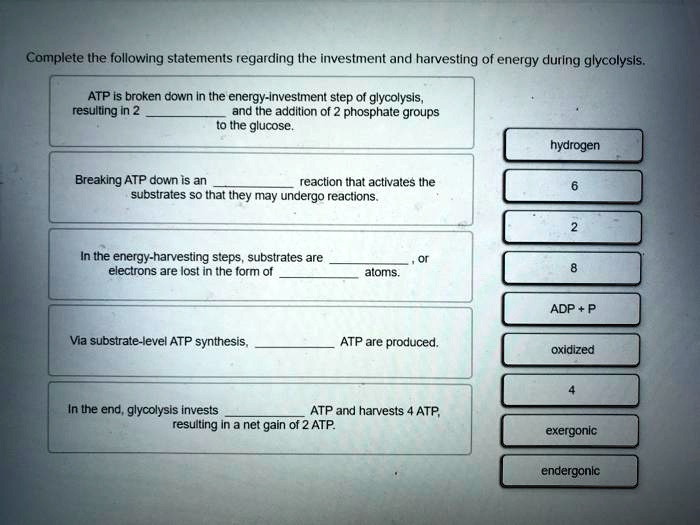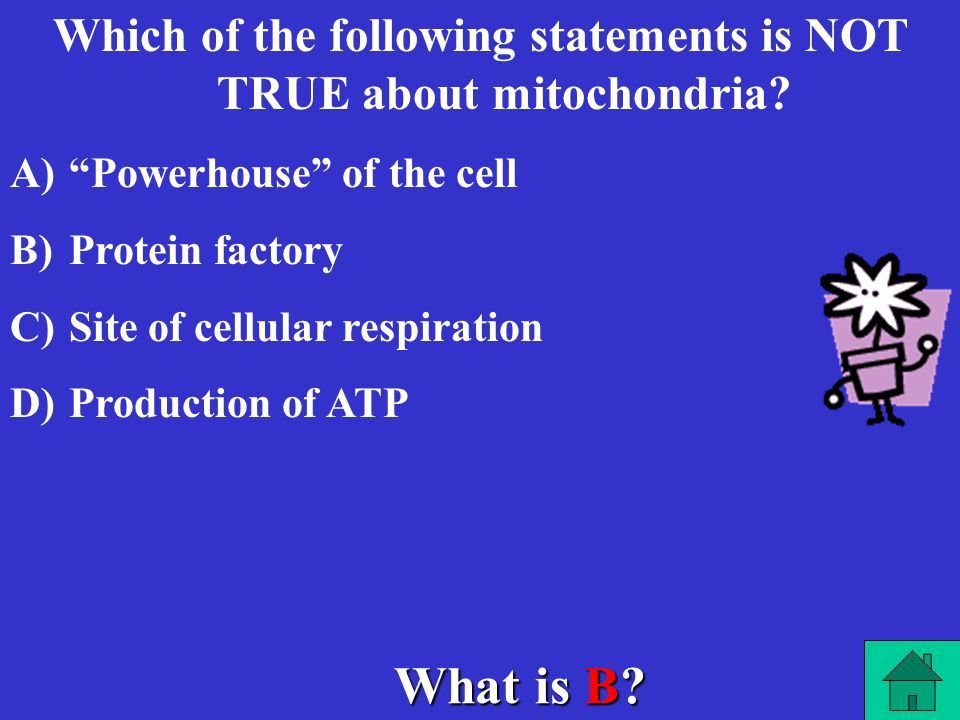Which Of The Following Statements About Atp Is True
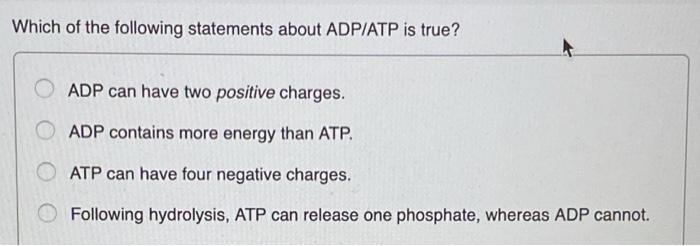
The seemingly simple question, "Which of the following statements about ATP is true?" often leads to a deeper exploration of the fundamental energy currency of life. Misconceptions about ATP abound, even among students and professionals in biological sciences. This article aims to clarify the essential truths regarding ATP, drawing on established scientific literature and expert consensus, while addressing common misunderstandings.
At the heart of cellular energy transfer lies ATP, or adenosine triphosphate. This molecule powers a vast array of biological processes, from muscle contraction to nerve impulse transmission. To fully grasp the truth about ATP, we must delve into its structure, function, synthesis, and regulation.
The Structure and Function of ATP
ATP is composed of an adenine base, a ribose sugar, and three phosphate groups. The key to ATP's energy-carrying capacity lies in the bonds between these phosphate groups.
Hydrolysis, the breaking of these bonds through the addition of water, releases energy that cells can use to perform work.
It's not ATP itself that "stores" energy, but rather the potential energy stored in the phosphate bonds.
Hydrolysis and Energy Release
When ATP is hydrolyzed, it typically loses one phosphate group, becoming ADP (adenosine diphosphate). This reaction is highly exergonic, meaning it releases a significant amount of free energy.
This energy can be coupled to other reactions, making them thermodynamically favorable. Cells do not store large amounts of ATP because it is constantly being used and regenerated.
The energy released from ATP hydrolysis drives various cellular processes, including muscle contraction, active transport, and protein synthesis.
ATP as a Universal Energy Currency
ATP's role as a universal energy currency is crucial for life. Almost all known organisms use ATP as their primary energy source.
This universality underscores the fundamental importance of ATP in biological systems.
While other molecules like GTP (guanosine triphosphate) also play roles in energy transfer, ATP remains the dominant player.
ATP Synthesis: The Recharging Process
Given its constant use, ATP must be continuously resynthesized. This regeneration primarily occurs through two main pathways: oxidative phosphorylation and substrate-level phosphorylation.
Oxidative phosphorylation, which takes place in the mitochondria of eukaryotic cells, is the most efficient way to produce ATP.
It harnesses the energy from the electron transport chain and chemiosmosis to phosphorylate ADP, creating ATP.
Oxidative Phosphorylation
Oxidative phosphorylation involves a series of redox reactions that generate a proton gradient across the inner mitochondrial membrane.
This gradient then drives ATP synthase, a molecular machine that catalyzes the phosphorylation of ADP.
This process yields the vast majority of ATP produced in aerobic organisms.
Substrate-Level Phosphorylation
Substrate-level phosphorylation is a less efficient, but still important, method of ATP synthesis. It directly transfers a phosphate group from a high-energy intermediate molecule to ADP.
This process occurs in glycolysis and the Krebs cycle.
While it produces less ATP than oxidative phosphorylation, it is crucial in situations where oxygen is limited.
Common Misconceptions About ATP
One common misconception is that ATP is a long-term energy storage molecule like fat or glycogen. In reality, ATP is a short-term energy carrier.
Another misconception is that ATP is only used for energy-demanding processes. ATP also plays crucial roles in signaling and regulation.
Understanding these misconceptions is vital for accurately interpreting the role of ATP in cellular function.
ATP and Regulation
ATP levels are tightly regulated within cells. When ATP levels are high, certain metabolic pathways are inhibited, preventing overproduction.
Conversely, when ATP levels are low, other pathways are activated to replenish ATP supplies.
This intricate regulation ensures that energy production is balanced with energy demand.
The Future of ATP Research
Research into ATP continues to advance our understanding of cellular energy metabolism. Scientists are exploring new ways to manipulate ATP production and utilization for therapeutic purposes.
For instance, targeting ATP metabolism is a promising strategy for cancer therapy, as cancer cells often have altered ATP production pathways.
Furthermore, understanding the role of ATP in aging and neurodegenerative diseases could lead to new interventions to improve healthspan.
In conclusion, the statement "Which of the following statements about ATP is true?" demands a comprehensive understanding of its structure, function, synthesis, and regulation. ATP is indeed the universal energy currency of life, but it is much more than just a simple energy storage molecule. As research continues, our understanding of ATP will undoubtedly deepen, paving the way for new insights into health and disease.
